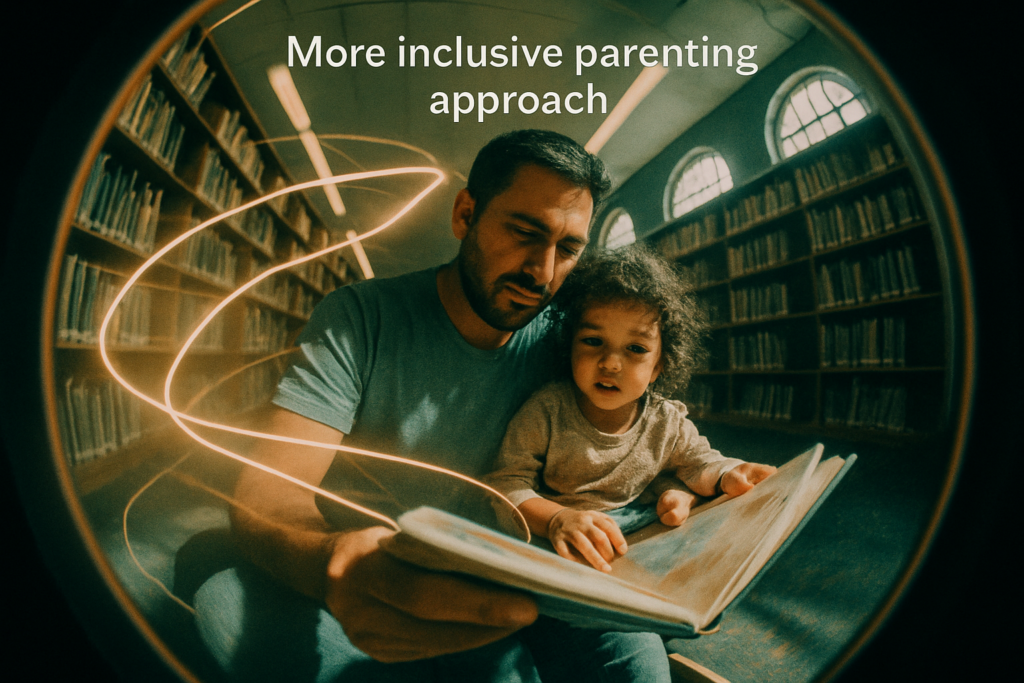In today’s digital age, the role of technology in early childhood development has become a topic of increasing importance. As a parent and educator, I’ve witnessed firsthand the profound impact that digital learning can have on young minds. From interactive educational games to online resources, the digital landscape offers a wealth of opportunities for children to learn and grow.
In this article, I’ll explore the positive and negative effects of digital learning on early childhood development. Through my research and experience, I’ll delve into how technology can enhance cognitive skills, creativity, and problem-solving abilities in young children. However, it’s crucial to also address concerns such as screen time limits and the potential risks associated with excessive use of digital devices. Join me as we navigate the complex terrain of digital learning and its influence on the formative years of a child’s development.
Understanding Digital Learning in Early Childhood
Exploring the realm of digital learning in early childhood is essential in today’s tech-driven world. As a parent and educator, I’ve witnessed firsthand the transformative effects of technology on young children’s development.
Integrating digital tools into the learning process can have a profound impact on children’s cognitive abilities and creativity. Interactive educational games and online resources not only make learning engaging but also help children develop essential skills in a fun and interactive way.
However, it’s crucial to be mindful of the potential drawbacks of digital learning, such as excessive screen time and the risks associated with prolonged use of electronic devices. Setting limits on screen time and ensuring a healthy balance between digital activities and other forms of play is essential for a child’s overall well-being.
In navigating the complexities of digital learning, parents and educators play a crucial role in guiding children through this digital landscape. By understanding the benefits and limitations of technology in early childhood development, we can create a healthy and enriching environment for young learners to thrive.
Benefits of Digital Learning for Early Childhood Development
Digital learning offers numerous benefits for early childhood development, enriching young minds in various ways. Let’s explore how digital tools positively impact cognitive and social aspects.
- Cognitive Development
Engaging with educational apps and interactive online resources can enhance cognitive skills in young children. These digital tools provide opportunities for problem-solving, memory retention, and critical thinking. They stimulate creativity and encourage active learning, making education more accessible and enjoyable for children. - Social Development
Digital learning also plays a significant role in fostering social development among young learners. Through online platforms and educational games, children can collaborate, communicate, and develop teamwork skills. Virtual interactions can help them build relationships, practice empathy, and understand diverse perspectives, contributing to their overall social growth.
Challenges of Digital Learning in Early Childhood
Exploring the realm of digital learning in early childhood also unveils various challenges that need attention. One concern is the potential impact on children’s physical health due to increased screen time. This includes issues such as eye strain, poor posture, and limited physical activity.
Another challenge is the need for effective parental guidance and supervision to ensure that children are engaging with age-appropriate content and not exposed to harmful material. It’s essential for parents to actively participate in their children’s digital learning journey to mitigate these risks.
Furthermore, the digital divide poses a significant challenge, as not all families have equal access to technology and the internet. This discrepancy in access can widen existing educational inequalities among young learners. Bridging this gap is crucial to ensure equitable opportunities for all children to benefit from digital learning resources.
Moreover, maintaining a balance between digital and traditional learning methods is vital. While digital tools offer interactive and engaging experiences, they should complement, not replace, hands-on and sensory learning experiences that are essential for early childhood development.
Addressing these challenges requires a collaborative effort from parents, educators, and policymakers to create a safe, inclusive, and balanced digital learning environment for young children.
Recommendations for Implementing Digital Learning in Early Childhood
When implementing digital learning in early childhood settings, it’s crucial to consider several key recommendations to ensure its effective and responsible integration. Here are some essential guidelines to follow:
1. Screen Time Limits
Limiting screen time is essential to prevent detrimental effects on children’s health and development. As a guideline, it’s recommended that children aged 2 to 5 have no more than one hour of screen time per day.
2. High-Quality Educational Content
Ensure that digital learning materials are age-appropriate, engaging, and aligned with educational objectives. Choose content that promotes critical thinking, creativity, and skill development while being interactive and stimulating for young learners.
3. Parental Involvement and Supervision
Parents play a crucial role in guiding and supervising children’s digital activities. Encourage parents to be actively involved in their child’s digital learning experience, setting boundaries, and discussing online safety practices.
4. Professional Development for Educators
Teachers and childcare providers should receive adequate training and professional development to effectively integrate digital tools into the curriculum. Training sessions should focus on selecting appropriate digital resources, assessing their impact, and supporting children’s learning effectively.
5. Balancing Digital and Traditional Learning
Maintain a balance between digital and traditional learning methods to provide a well-rounded educational experience for young children. Use digital tools as supplementary resources rather than the sole focus of instruction.
6. Safety and Privacy Measures
Prioritize the safety and privacy of children when using digital platforms. Implement security measures to protect personal information, restrict access to inappropriate content, and ensure a safe online environment for young learners.
By following these recommendations, educators, parents, and policymakers can create a nurturing and beneficial digital learning environment that supports early childhood development effectively.






